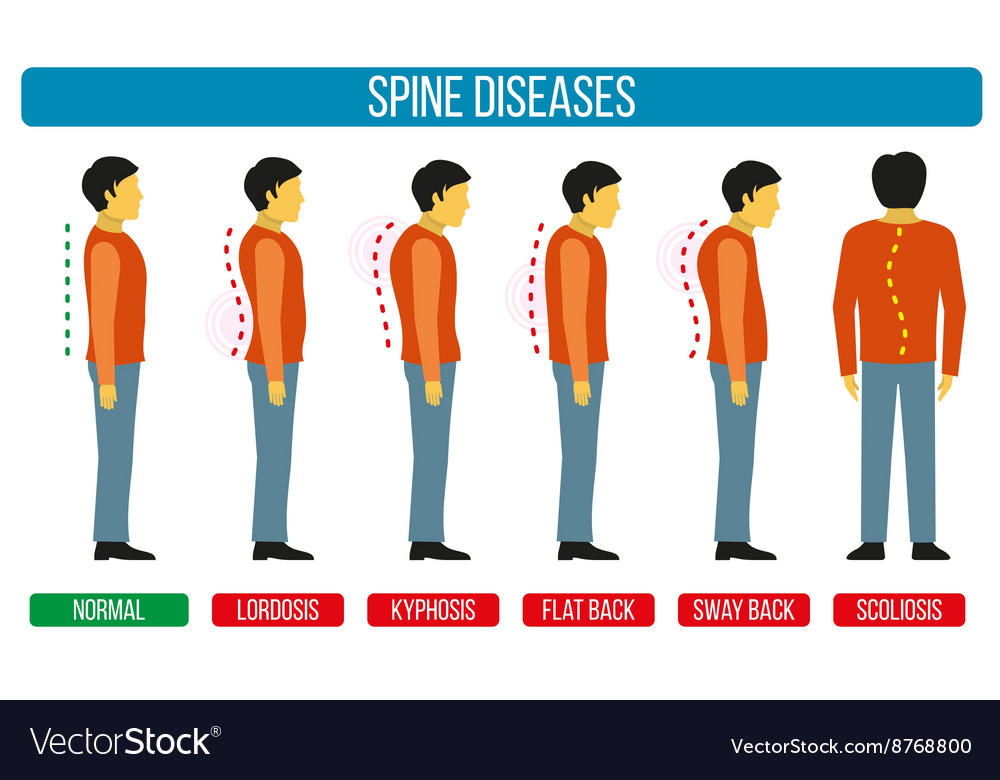Keeping appropriate posture isn't nearly sitting up straight; it has to do with straightening your body in a manner that supports your back and minimizes the threat of neck and back pain. The method you rest, stand, and move throughout the day can considerably affect your spine health. But how precisely can you ensure great alignment consistently, also during hectic days full of different tasks? Allow's dig deeper into the refined yet impactful modifications you can make to your day-to-day routine to maintain your back satisfied and healthy.
Relevance of Correct Position
Proper posture is essential in maintaining a healthy and balanced back and avoiding discomfort. When you sit or stand with good posture, your back is in positioning, reducing pressure on your muscular tissues, tendons, and joints. This positioning enables the body to disperse weight evenly, protecting against too much tension on specific locations that can cause pain and pain. By keeping your back effectively aligned, you can likewise boost your breathing and digestion, as slouching can press body organs and restrict their performance.
Additionally, keeping great pose can boost your total appearance and positive self-image. When you stand tall with your shoulders back and head held high, you exhibit self-confidence and appear even more friendly. Excellent stance can also make you feel more stimulated and alert, as it promotes correct blood flow and enables your muscle mass to work effectively.
Integrating proper posture into your everyday routine, whether resting at a desk, walking, or working out, is crucial for preventing neck and back pain and advertising overall wellness. Remember, a tiny change in just how you hold on your own can make a significant difference in just how you really feel and work throughout the day.
Common Postural Mistakes
When it comes to keeping great posture, many people unknowingly make usual blunders that can contribute to back pain and discomfort. Among one of the most widespread errors is slouching or stooping over while sitting or standing. intense lower back pain on the back and can result in muscle inequalities and discomfort in the long run.
denver chiropractic care is overarching the lower back, which can flatten the natural curve of the spine and create discomfort. Additionally, going across legs while sitting might feel comfy, yet it can develop a discrepancy in the hips and pelvis, bring about postural problems.
Making use of a cushion that's also soft or too strong while resting can likewise influence your placement and contribute to back pain. https://seeingachiropractor95173.blogtov.com/12577601/typical-misconceptions-about-chiropractic-care-debunked but not least, regularly craning your neck to consider screens or adjusting your setting often can strain the neck and shoulders. Bearing in mind these typical postural errors can help you keep better placement and minimize the risk of back pain.
Tips for Correcting Alignment
To boost your placement and minimize back pain, it's necessary to focus on making small changes throughout your everyday regimen. Beginning by bearing in mind your posture. When resting, ensure your feet are flat on the floor, your back is straight, and your shoulders are unwinded. Prevent slouching or leaning to one side. Usage ergonomic chairs or cushions to support your reduced back.
When standing, distribute your weight uniformly on both feet, keep your knees slightly curved, and embed your hips. Involve your core muscular tissues to sustain your spine. Take breaks to extend and walk if you have an inactive task. https://www.nwitimes.com/best-chiropractor/article_78475742-a27a-502d-9071-609219c8c36c.html that enhance your core and back muscles, such as slabs or bridges.
While sleeping, use a cushion that sustains the all-natural contour of your neck to keep proper back placement. Prevent sleeping on your belly, as it can stress your neck and back. By being mindful of these ideas and making small changes, you can gradually correct your placement and minimize neck and back pain.
Verdict
Bear in mind, keeping good stance is key to avoid pain in the back and promoting spinal health. By being mindful of your placement, dispersing weight evenly, and involving your core muscles, you can minimize strain on your back and minimize the threat of discomfort and injury. Integrate ergonomic support, take regular breaks to stretch, and strengthen your core and back muscles to preserve correct positioning throughout the day. Your back will thank you for it!
